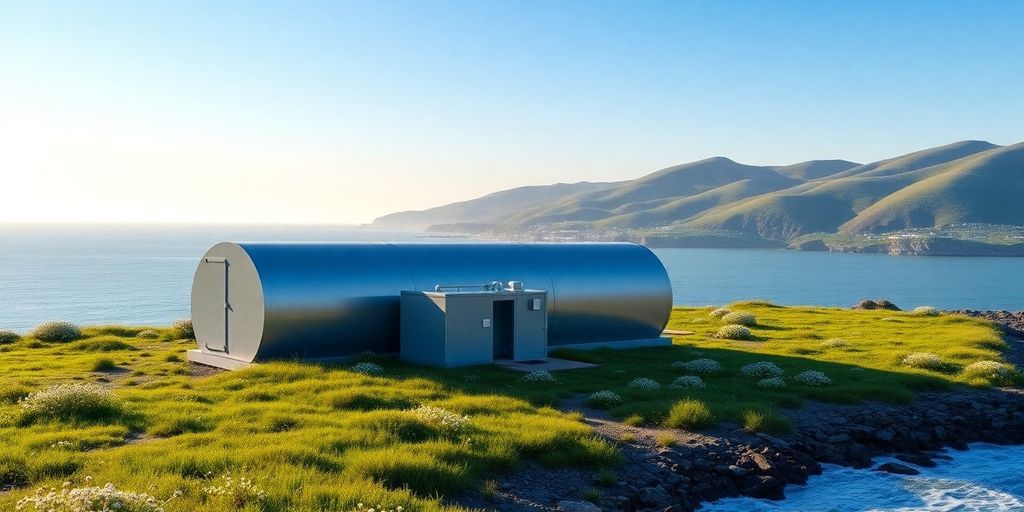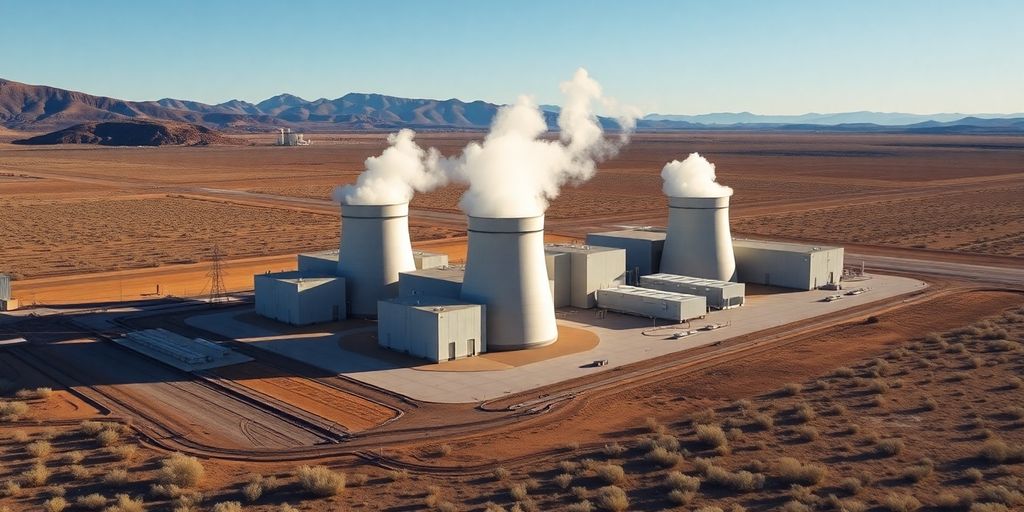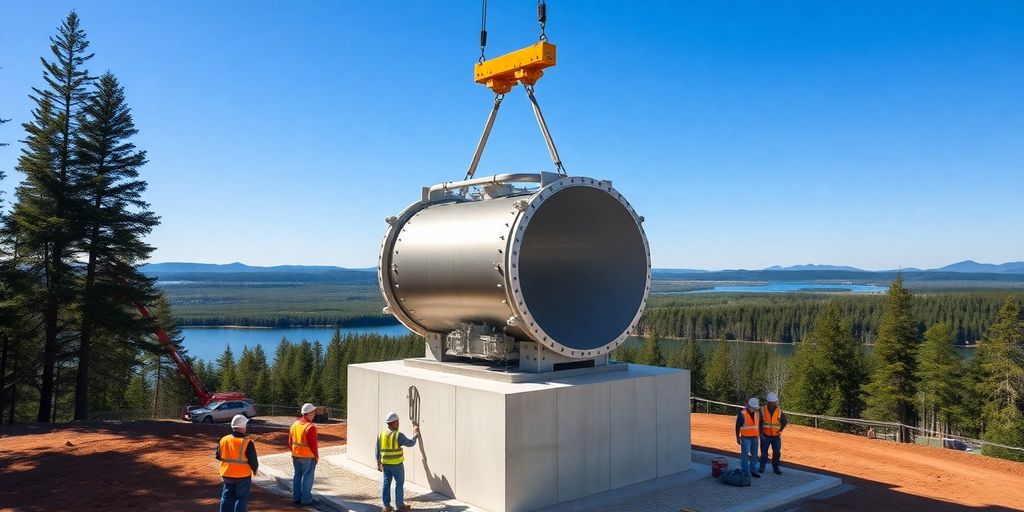NuScale Power’s small modular reactor (SMR) pilot at Idaho National Laboratory has successfully produced up to 50 metric tons of hydrogen per day via high-temperature electrolysis. This breakthrough highlights SMR flexibility and positions nuclear-driven hydrogen as a competitive, low-carbon alternative for industrial process heat and remote fueling.
Key Takeaways
- A 250 MWt NuScale Power Module generated 2,053 kg/hour (≈49.3 tons/day) of hydrogen.
- Compared to a 200 MWt module (1,667 kg/hour), output rose by 25%.
- Nuclear SMRs can rival solar electrolysis for clean hydrogen at scale.
- Applications include decarbonizing industrial heat and supplying remote refueling stations.
Reactor Demonstration Overview
In partnership with the U.S. Department of Energy, Idaho National Laboratory evaluated a NuScale Power Module’s ability to supply process heat for high-temperature steam electrolysis. By coupling the SMR’s advanced containment design with proven fission technology, the pilot demonstrated continuous catalysis of water into hydrogen without relying on fossil fuels.
Key features of the demonstration:
- Modular design enabling factory fabrication and on-site assembly.
- Improved safety through passive cooling and low-pressure operation.
- Flexible output allocation between electricity and process heat.
Hydrogen Production Performance
The evaluation compared two module ratings to measure hydrogen yield:
| Module Rating (MWt) | H₂ Production (kg/hour) | H₂ Production (tons/day) |
|---|---|---|
| 200 | 1,667 | 40 |
| 250 | 2,053 | 49.3 |
The 25% power boost in the 250 MWt module directly translated into roughly a 23% increase in daily hydrogen output, reaching nearly 50 tons.
Competitive Implications
- Nuclear SMRs leverage steady process heat, reducing reliance on intermittent renewables.
- At scale, SMR-driven hydrogen could match solar electrolysis costs while offering higher capacity factors.
- Eliminating fossil-derived hydrogen lowers lifecycle emissions in refining, ammonia production, and steelmaking.
Potential Applications And Future Prospects
- Industrial Process Heat: Supplying high-temperature steam for chemicals, metallurgy, and desalination.
- Remote Refueling: Providing clean hydrogen to isolated regions lacking grid or large plant access.
- Grid Integration: Balancing variable renewables by switching between power generation and hydrogen production.
Ongoing research will refine system integration, optimize electrolysis efficiency, and explore hybrid SMR-renewable configurations.
Conclusion
NuScale’s SMR demonstration underscores the potential of small nuclear reactors to produce clean hydrogen at industrial scales. By combining advanced safety features with modular deployment, SMRs may play a pivotal role in decarbonizing heavy industry and expanding hydrogen infrastructure globally.
Sources
- Small Modular Reactors Produce Clean Hydrogen, Popular Mechanics.












